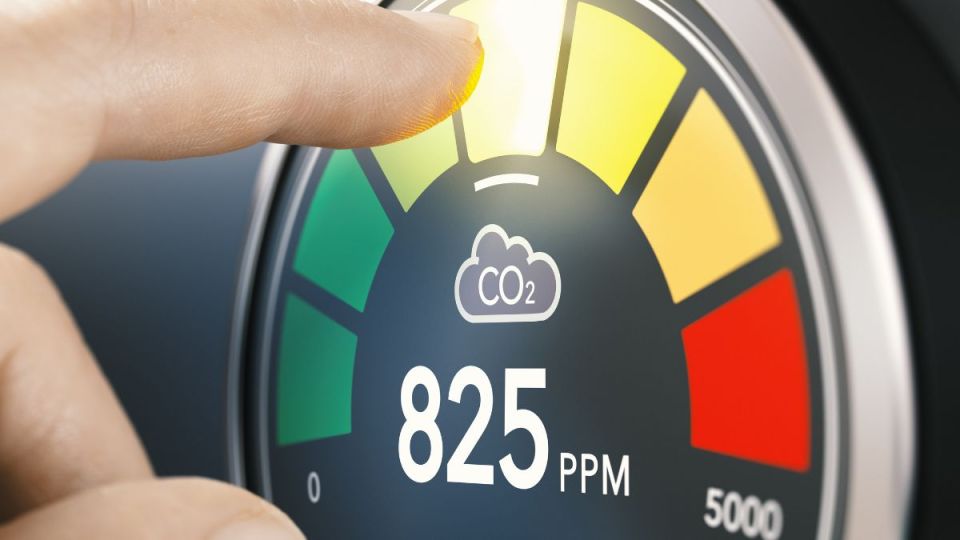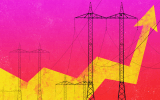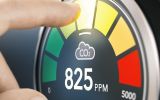


Australia stands at a crossroads. After more than a decade of economic turbulence – marked by global shocks, a pandemic, war-induced supply constraints, and cost-of-living crisis – we face an urgent national challenge: Lifting productivity growth the social democratic way.
Productivity is not some abstract metric. It is the bedrock of rising wages and living standards, reduced inequality and future-proofing our economy.
Yet productivity growth is now at its lowest level in 60 years. The old playbook – leaner workforces, deregulation, and casualised labour – won’t cut it anymore. Treasurer Jim Chalmers instinctively gets this.
We need a new approach: One that grows smarter, not just faster, and invests in capabilities that enhance rather than exploit human labour. That means shifting the productivity debate away from endless calls for “labour market reform” and towards concrete measures that strengthen national resilience. And one of the most overlooked, yet potentially transformative, reforms is hiding in plain sight: Cleaner air in our workplaces.
Clean air is rarely a headline act in economic debates. But it should be. Australia faces a neglected crisis of airborne illness, chronic disease, and preventable workplace absenteeism that is quietly eroding our labour supply, increasing health costs and dragging on growth.
The numbers are stark. Since the pandemic, the monthly number of Australians absent from work due to illness or injury has averaged 25 per cent higher than before Covid-19 began. That’s an extra 100,000 people missing work every month or equivalent to losing 0.7 per cent of our workforce.
In April this year, 3.3 per cent of the workforce was off sick, up from pre-pandemic levels by a quarter. At the same time, GDP growth was just 0.6 per cent. In other words, a healthier workforce would have all but doubled our economic growth rate.
And this is not just about short-term illness. Covid taught us the burden of infectious disease goes well beyond the initial symptoms. Long Covid, repeat infections, and worsening rates of heart disease, diabetes, and mental illness are emerging economic headwinds.
In the UK, long Covid is now the most common chronic condition among young people. In Germany, economists have attributed an entire recession to rising sick leave since the pandemic. Australia is not immune, but unwilling, so far, to connect the dots.
The cost is unevenly shared. Women and lower-income workers – over-represented in education, healthcare, retail and hospitality – are on the frontlines of poor air quality. Workplace injury claims have soared in these sectors: Education and training up 35 per cent since Covid; healthcare and social assistance by 42 per cent. They reflect more frequent illness, immune system damage from repeat infections, and increased accident rates due to post-viral neurological effects. It’s a public health crisis and a productivity crisis.
The solution is neither radical nor expensive. We need to treat clean air like other economic enablers – transport, broadband, energy. That means government working with the private sector to drive the following reforms: Setting minimum indoor air quality standards, with regular compliance checks; strengthening workplace safety agencies to monitor and enforce those standards; funding retrofits in key sectors such as schools, hospitals, aged care, public transport hubs; making real-time air quality data available in high-traffic public venues; and incentivising private uptake of air filtration, mechanical ventilation, and open-air design.
Simple measures like mechanical ventilation, HEPA filtration, and CO₂ monitoring can slash airborne infection rates. The return on investment is huge: Fewer sick days, lower health costs, better staff retention, and greater resilience in the face of future pandemics, bushfire smoke, or toxic pollution events.
Private health insurers have a direct stake, too. Chronically ill members are their biggest cost driver. Working with providers to improve air quality could help contain premiums — something consumers sorely need. If the industry wants to keep those premiums down without cutting coverage, clean air should be on its agenda.
This is not just economic sense. Clean air is about fairness. Poor indoor air disproportionately harms low-income Australians, renters, people with disabilities, and culturally diverse communities, who already bear the brunt of insecure work and cost-of-living pressures. Ensuring safe air at work and in public spaces pairs equality with efficiency.
It’s also about resilience too. The next pandemic, or summer of bushfires, will test our capacity to keep essential services running. Workplaces and schools with clean-air infrastructure will stay open, healthy, and productive. Those without will suffer rolling shutdowns, staff shortages, and economic losses.
If we want a healthier, more resilient economy, we should start with the air we breathe. That includes redefining national resilience to treat health – especially clean air – as core infrastructure, not a cost to be cut.
Nick Dyrenfurth and Dominic Meagher are respectively executive director and chief economist at the John Curtin Research Centre. They are co-authors of Innovation Nation – Boosting Productivity and the Fair Go in the Age of Artificial Intelligence.










